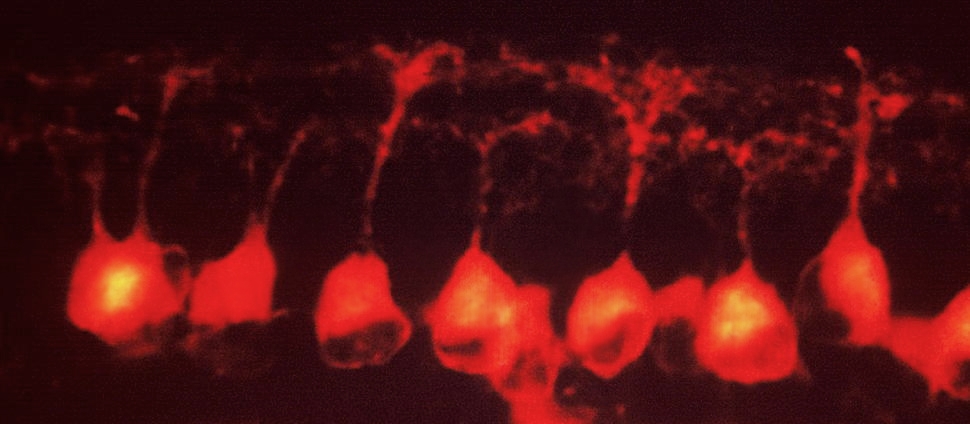Document Type
Article
Publication Date
7-1-2022
Publication Title
Behaviour Research and Therapy
Abstract
The COVID-19 pandemic has introduced widespread societal changes that have required ongoing adaptation. Unsurprisingly, stress-related psychopathology has increased during the pandemic, in both children and adults. We review these patterns through the lens of several leading conceptual models of the link between stress and psychopathology. Some of these models focus on characteristics of environmental stressors—including cumulative risk, specific stressor types, and stress sensitization approaches. Understanding the specific aspects of environmental stressors that are most likely to lead to psychopathology can shed light on who may be in most need of clinical intervention. Other models center on factors that can buffer against the onset of psychopathology following stress and the mechanisms through which stressors contribute to emergent psychopathology. These models highlight specific psychosocial processes that may be most usefully targeted by interventions to reduce stress-related psychopathology. We review evidence for each of these stress models in the context of other widescale community-level disruptions, like natural disasters and terrorist attacks, alongside emerging evidence for these stress pathways from the COVID-19 pandemic. We discuss clinical implications for developing interventions to reduce stress-related psychopathology during the pandemic, with a focus on brief, digital interventions that may be more accessible than traditional clinical services.
Keywords
Buffers, COVID-19 pandemic, Mechanisms, Psychopathology, Stress
Volume
154
DOI
10.1016/j.brat.2022.104121
ISSN
00057967
Version
Version of Record
Recommended Citation
McLaughlin, Katie A.; Rosen, Maya L.; Kasparek, Steven W.; and Rodman, Alexandra M., "Stress-Related Psychopathology During the COVID-19 Pandemic" (2022). Neuroscience: Faculty Publications, Smith College, Northampton, MA.
https://scholarworks.smith.edu/nsc_facpubs/149



Comments
Archived as published.